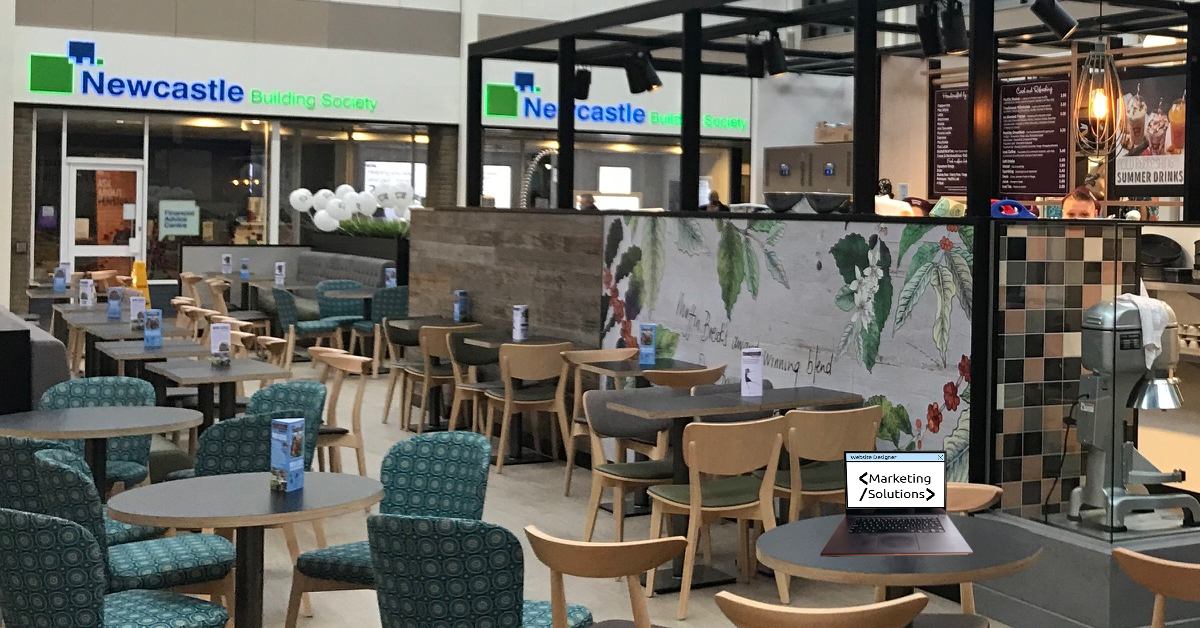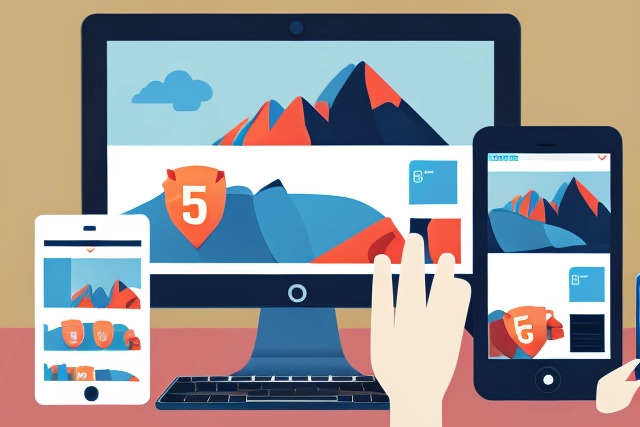Are you looking to expand your reach and connect with a wider audience? Have you considered webcasting as a powerful tool to achieve this goal? Whether you’re new to the concept or just need a refresher, our Webcasting 101 guide is here to help. In this post, we’ll break down the basics of webcasting and explore its many benefits for businesses, organizations, and individuals alike. From increased engagement to cost savings and beyond, discover why more people are turning to webcasting as their go-to communication solution. So buckle up and get ready for an informative ride!
What is webcasting?
Webcasting is the process of broadcasting audio or video content over the internet. It’s a popular way to share live or pre-recorded events with a large audience.
Webcasting can be used for a variety of events, such as conferences, product launches, and webinars. It’s also a great way to deliver educational content or training sessions.
One of the main benefits of webcasting is that it’s accessible to anyone with an internet connection. This means you can reach a global audience without the need for expensive travel and accommodation costs.
Another benefit is that webcasts can be recorded and made available on-demand after the event has finished. This allows people who were unable to attend the live event to catch up at a later date.
If you’re considering using webcasting for your next event, then read on to learn more about the basics and benefits…
Benefits of webcasting
There are many benefits of webcasting, which is why this technology is being adopted by more and more businesses. Perhaps the most obvious benefit is that it allows businesses to reach a wider audience with their message. This is because anyone with an internet connection can tune in to a webcast, no matter where they are in the world.
This increased reach can also lead to increased sales and enquiries, as well as helping to build and strengthen relationships with customers, suppliers and partners. Webcasting can also be a very cost-effective way of communicating, especially when compared to traditional methods such as face-to-face meetings or conferences.
Another key benefit of webcasting is that it allows businesses to better engage with their audience. This is because viewers can interact with the presenter during a webcast through features such as chat boxes and Q&A sessions. This two-way communication can help ensure that the audience remains engaged throughout the broadcast.
Finally, webcasting also provides businesses with a valuable way to generate leads and capture data about their target market. By providing viewers with an easy way to sign up for more information or register their interest, businesses can quickly build up a database of potential customers
Types of webcasting
There are two types of webcasting: live and on-demand.
Live webcasting is when an event is broadcast as it is happening. This type of webcasting is often used for conferences, product launches, or other events that need to be seen in real-time.
On-demand webcasting is when an event is recorded and then made available for viewers to watch at their convenience. This type of webcasting can be used for training sessions, lectures, or other events that don’t need to be seen live.
Both live and on-demand webcasting have their own set of benefits. Live webcasting allows viewers to see an event as it’s happening, which can add to the experience. On-demand webcasting gives viewers the flexibility to watch an event whenever they want, which can be helpful if they are unable to watch the event live.
Which type of webcasting you choose will depend on your needs and goals for the event. If you want people to be able to see your event as it’s happening, then live webcasting is a good option. If you want people to be able to watch your event at their convenience, then on-demand webcasting is a good option.
Technical requirements for webcasting
In order to webcast, you need the following:
-A device for capturing the audio and video signal. This is typically a webcam or digital camcorder for video, and a microphone for audio. If you’re using a laptop, you may be able to use its built-in webcam and microphone.
-An internet connection. This can be either through a wired Ethernet connection or a wireless Wi-Fi connection.
-Webcasting software. This will allow you to encode the audio and video signal into a format that can be streamed over the internet. There are many software options available, both free and paid. Some popular ones include OBS Studio, Wirecast, and XSplit Broadcaster.
-A streaming service. This is where your encoded signal will be sent to be broadcasted to your viewers. There are many streaming services available, including YouTube Live, Twitch, and Facebook Live.
Best practices for successful webcasting
Webcasting is a powerful tool that can help you connect with your audience and deliver your message effectively. Here are some best practices to follow for successful webcasting:
1. Plan your webcast carefully. Decide on the purpose of your webcast and what you want to achieve. Identify your target audience and craft your content accordingly.
2. Promote your webcast in advance. Create a sense of anticipation and excitement by sending out email invitations or announcements and promoting your webcast on social media.
3. Make sure your technology is set up properly. Test your audio and video equipment in advance to avoid any technical glitches on the day of the webcast.
4. Engage with your audience during the webcast. Encourage questions and interaction from viewers to keep them engaged throughout the broadcast.
5. Follow up after the webcast. Send out a post-event email or survey to get feedback from viewers and learn what worked well and what could be improved for future broadcasts
Target audience considerations
There are a few key considerations to keep in mind when determining your target audience for a webcast. First, you’ll want to identify the demographics of your ideal customer or client. This includes factors like age, gender, location, and income level. Next, you’ll want to consider what interests your target audience has that could be relevant to your webcast topic. Finally, you’ll want to think about what stage of the buyer’s journey your target audience is likely to be in. This will help you determine the style and approach of your webcast content.
Webcasting equipment and software options
When it comes to webcasting, there is a wide range of equipment and software options available. Here is a look at some of the most popular options:
-Hardware: Webcams, digital cameras, and capture cards are all popular hardware choices for webcasting.
-Software: Live streaming platforms like OBS Studio and Wirecast are popular choices for webcasting software. These platforms allow you to live stream your content to a variety of different sites like YouTube and Facebook.
-Encoding: In order to compress and encode your video for webcasting, you’ll need encoding software like Adobe Media Encoder or Sorenson Squeeze.
-Bandwidth: Make sure you have enough bandwidth to support your live stream. A dedicated internet connection is best, but if that’s not possible, try to use an Ethernet cable instead of Wi-Fi.
Conclusion
Webcasting provides a great way to reach a wide audience quickly and effectively. With its myriad of benefits, webcasting is an excellent choice for any business looking to increase its visibility, engage with customers in real-time, and save money on travel costs. Understanding the basics of webcasting is key in being able to maximise the potential of this powerful tool. Whether you choose to invest in your own equipment or hire a professional streaming service provider, make sure that you understand what’s involved before taking the plunge into live streaming.
To get started with webcasting, visit our webcast website at www.247webcasting.com and get in contact with us today.



